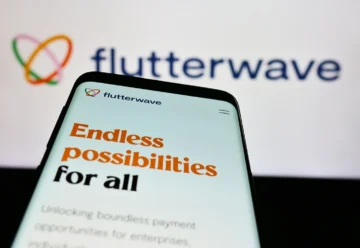IMF Introduces Concept of Cross-Border Payment Platform for CBDCs and Tokenized Assets

The IMF introduced the concept of a new type of payment platform for cross-border transactions that can work with digital assets based on blockchain or another way of technically implementing a single ledger.
Tobias Adrian and Tommaso Mancini Griffoli from the International Monetary Fund’s (IMF) monetary and capital markets department prepared the paper “The Rise of Payment and Contracting Platforms.” They detailed the concept of the “XC platform,” a new type of international payment system that operates on a single ledger and enables different classes of digital assets, including the central bank digital currency (CBDC).
Key features of the XC platform are cross-border capabilities, programmability, improved data management, and interoperability with other platforms of this type, existing payment systems, and CBDC systems.
The concept was presented by Tobias Adrian at the event, held in conjunction with the central bank of Morocco (BAM). According to the co-author of the concept, the new platforms will benefit individual and institutional users by providing lower fees and faster cross-border transactions.
Cross-border transactions will be based on standardized digital representations of central bank reserves in any currency. In fact, the project’s authors propose to conduct transactions with tokenized internal reserves of central banks, and liquidity will be provided by funds placed in their reserve accounts.
Moreover, XC platforms will allow central banks to better monitor foreign exchange markets and collect more accurate information about capital flows. The new type of platforms is expected to be adapted for both retail and wholesale CBDCs.
The infrastructure of XC platforms will be based on the model used in CBDC projects, i.e., a common settlement layer based on a single ledger is envisaged. The system will also include a programming layer to automate processes and an information layer, which will contain all data needed to implement AML policy and other regulatory rules.
The concept’s authors point out that XC platforms don’t require the mandatory use of CBDCs. First of all, they’re intended to facilitate cross-border transactions for all users, as well as improve interaction between the traditional financial sector and the tokenized assets market.
Furthermore, the new concept involves standardization and a secure environment for programming financial contracts. Tellingly, the authors carefully avoided technical aspects of the implementation of their idea, only mentioning that it could be developed on the basis of public blockchain networks, like Ethereum. Other options for organizing such a system include state management, the creation of consortia of central banks, or the involvement of existing international institutions.
Earlier, representatives of the IMF spoke about cryptocurrencies, which, in their opinion, should be governed rather than prohibited in order to prevent the loss of control over the cryptocurrency market by the state.











